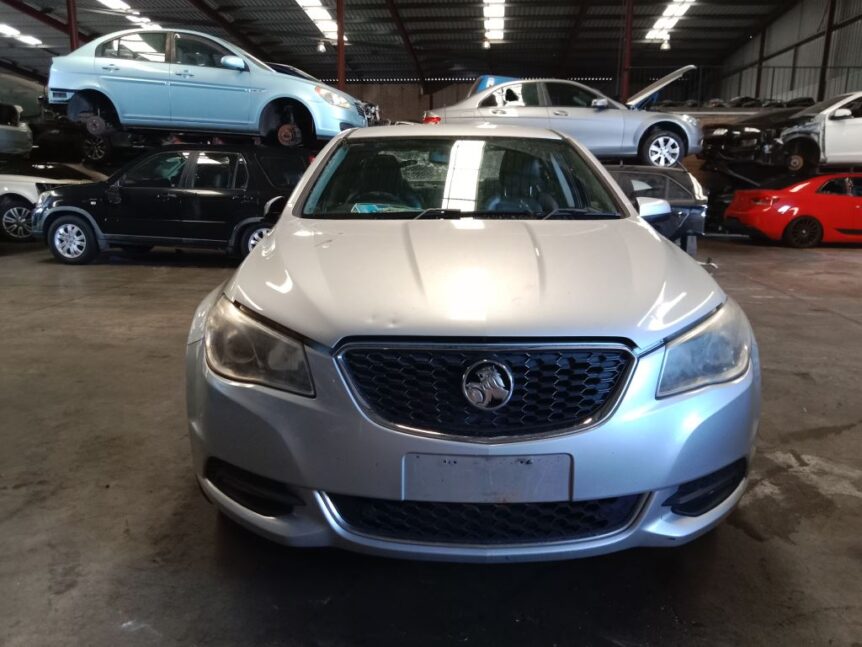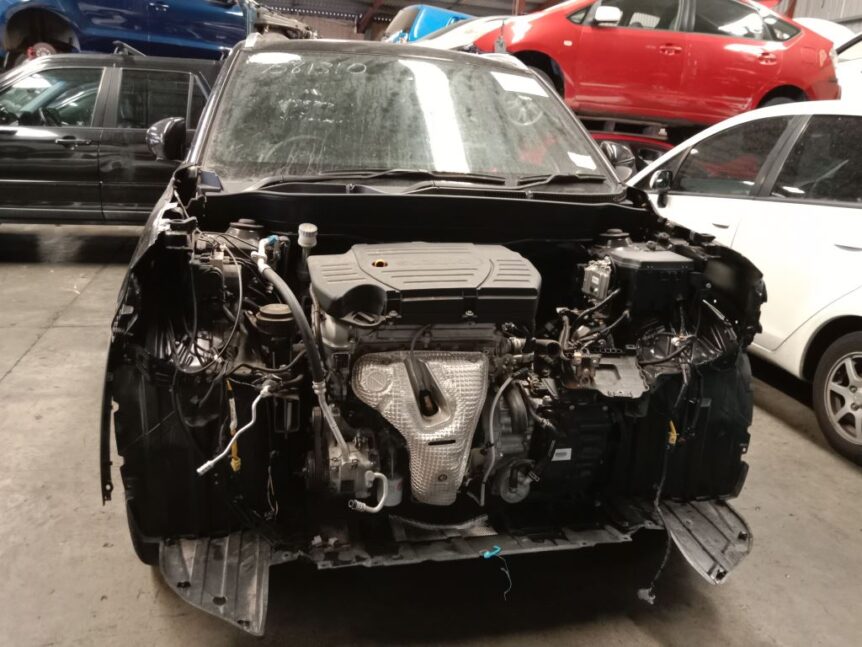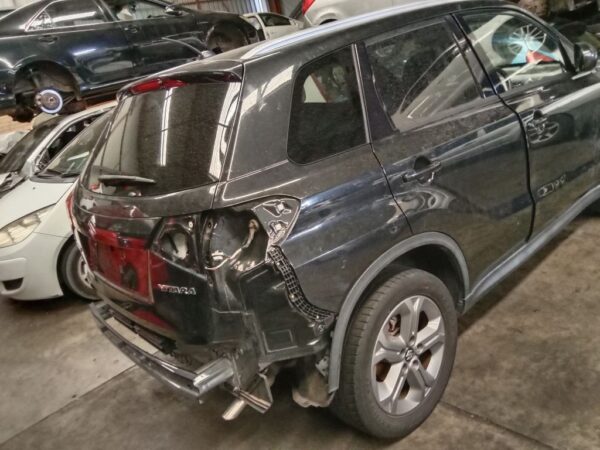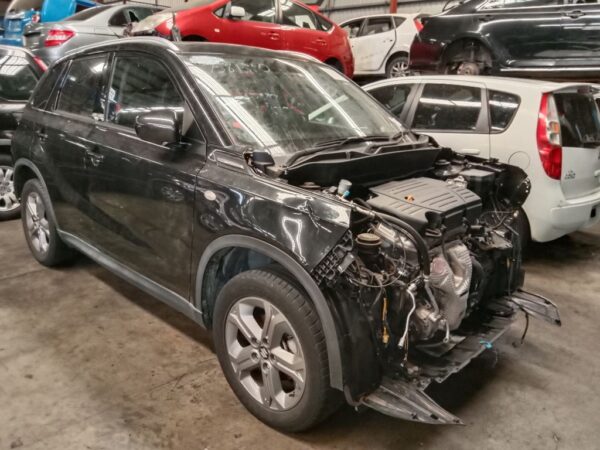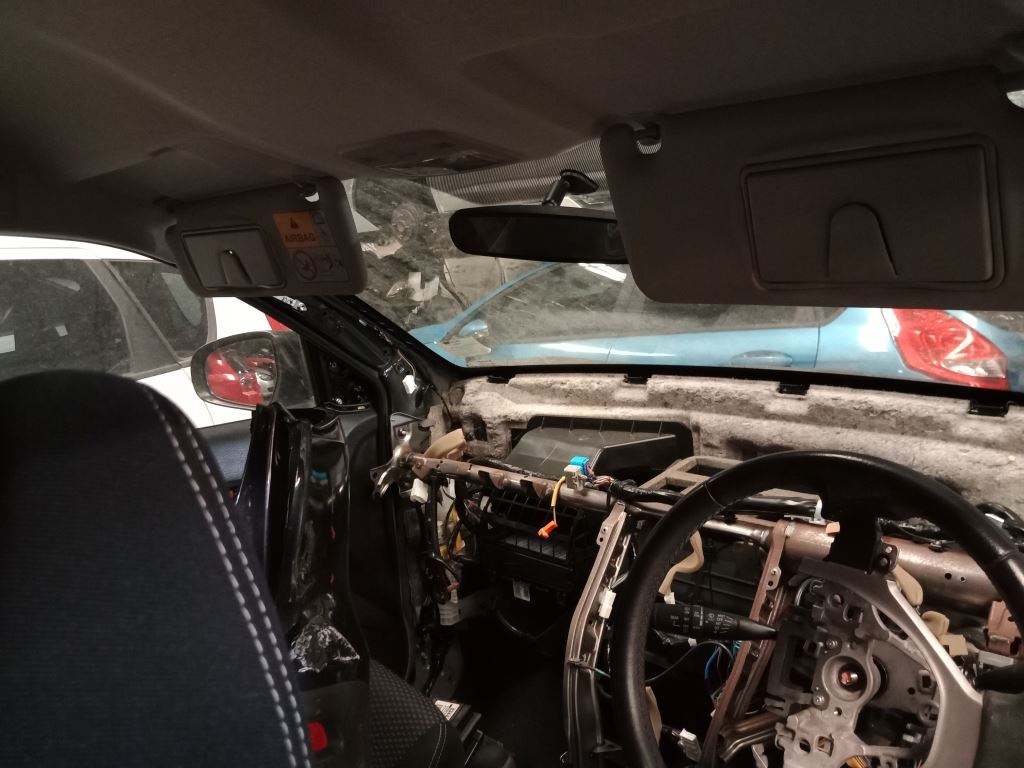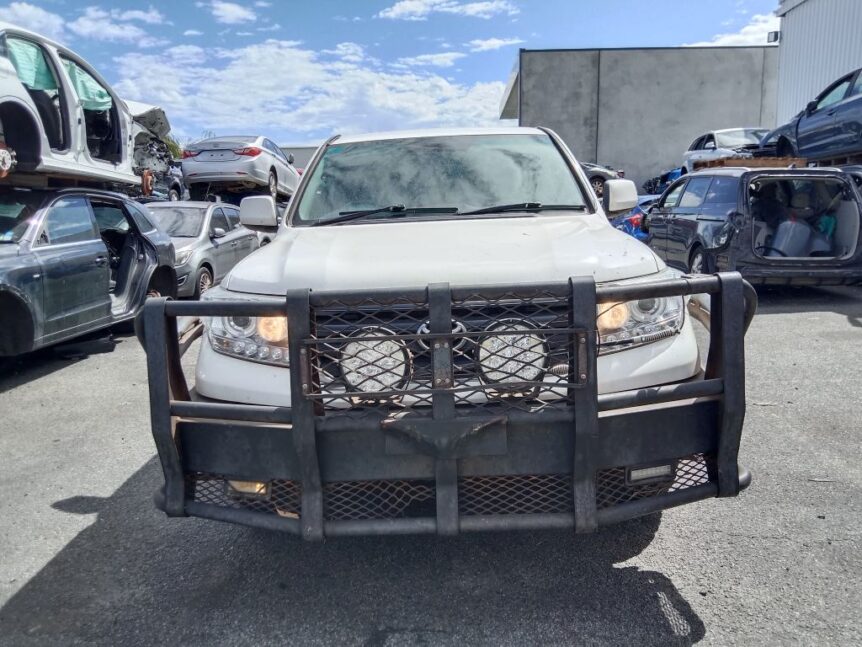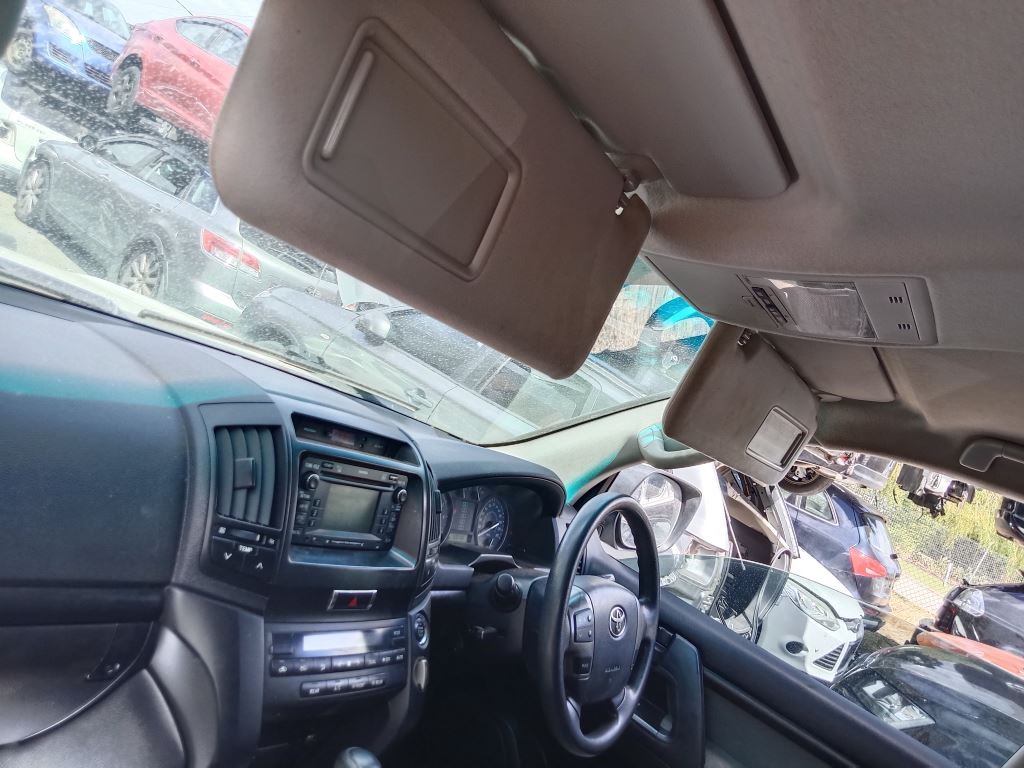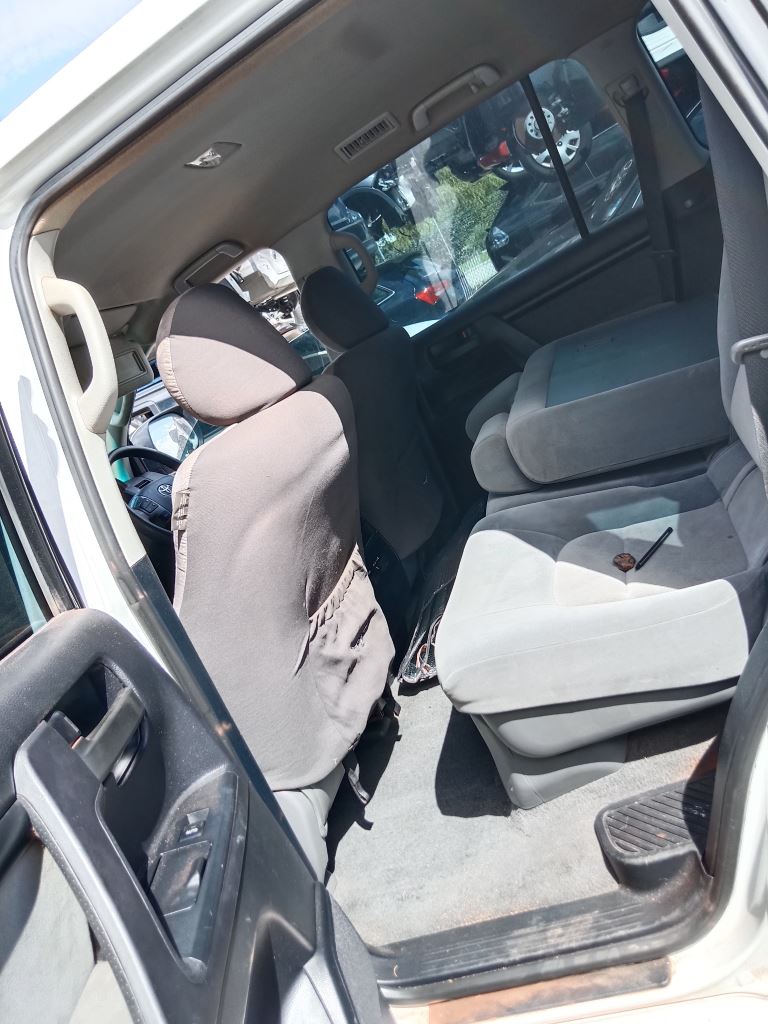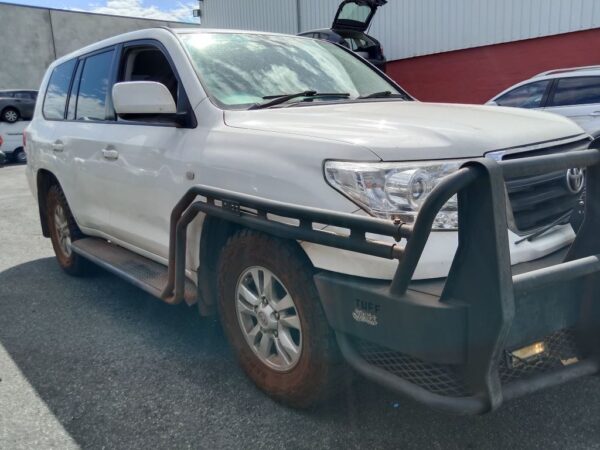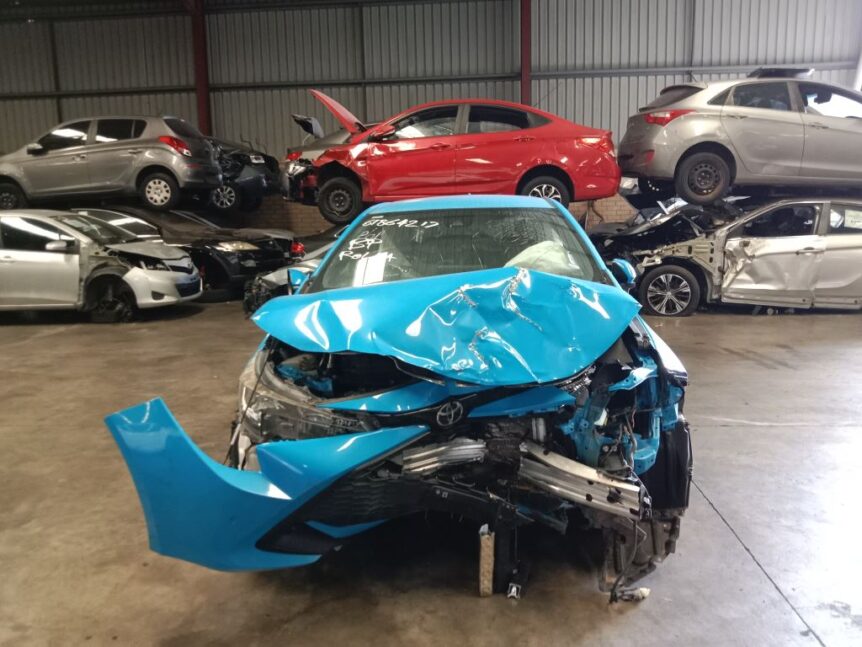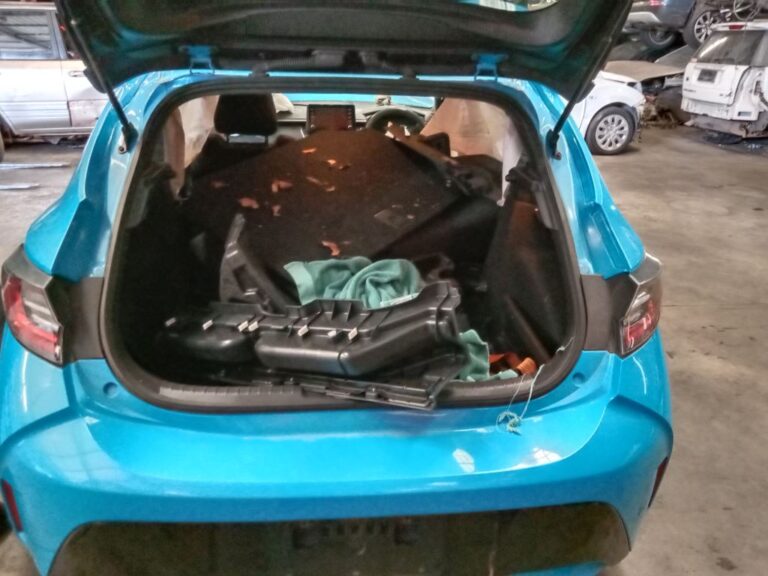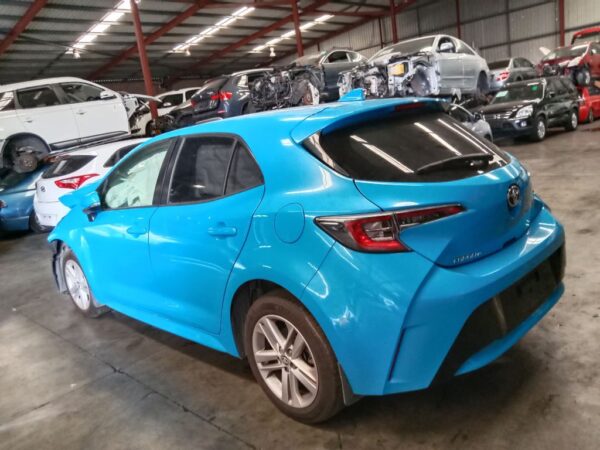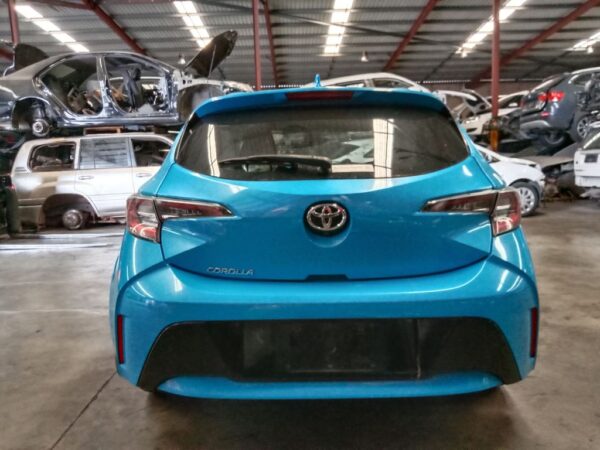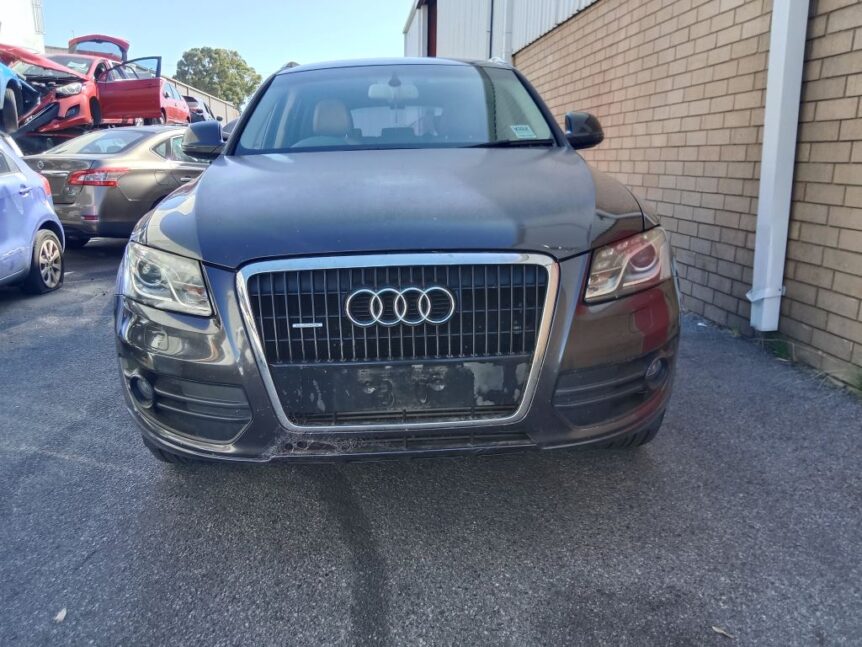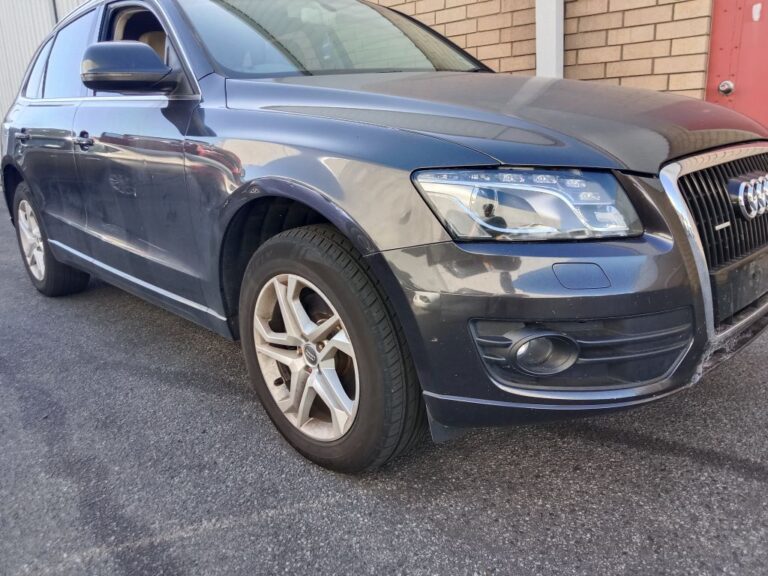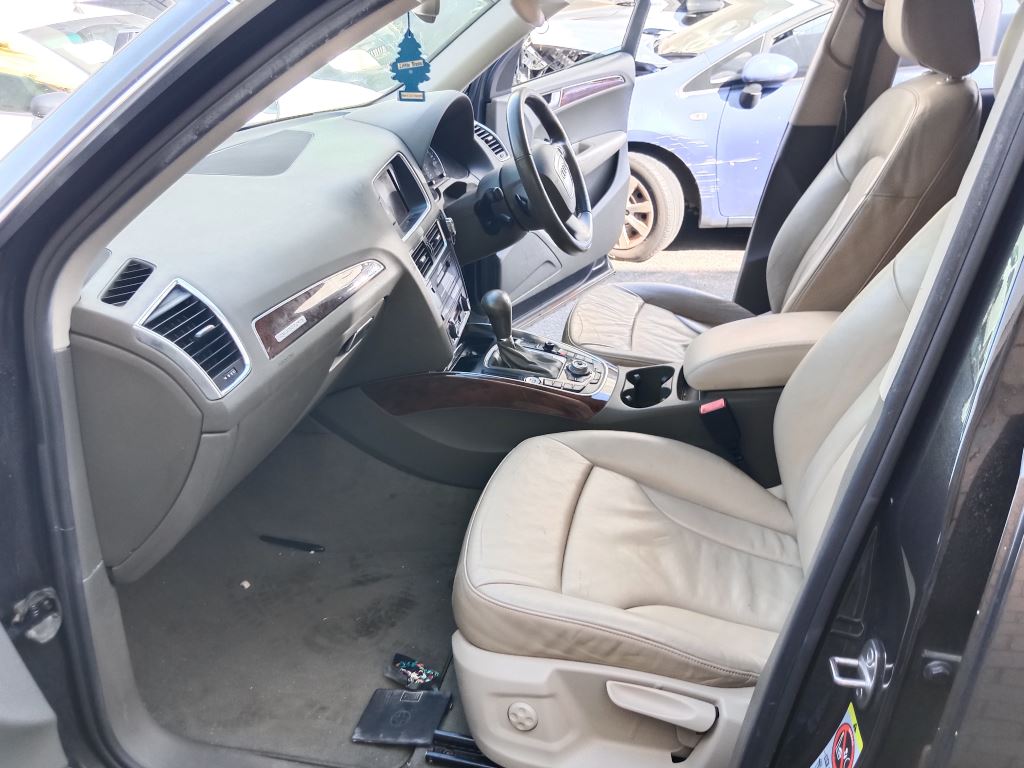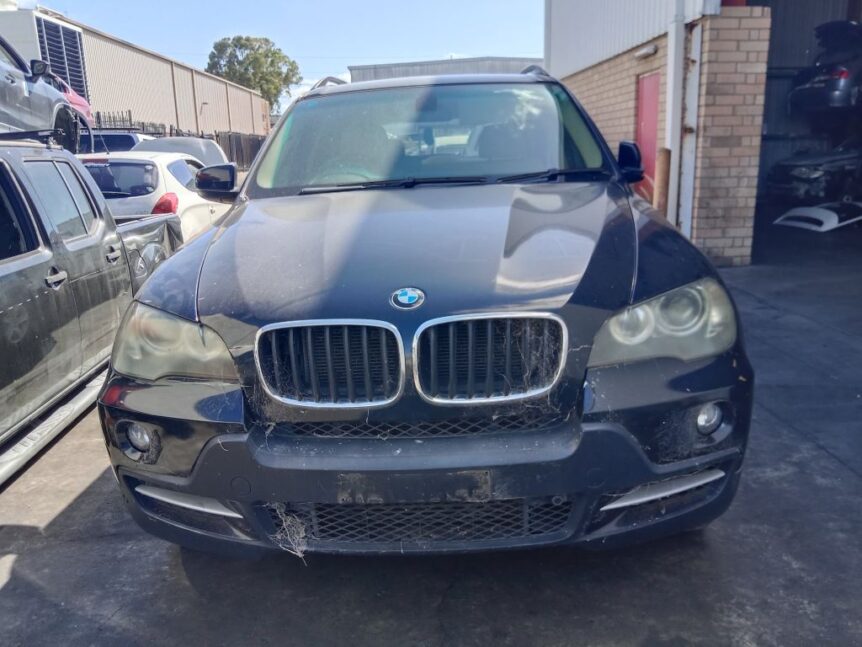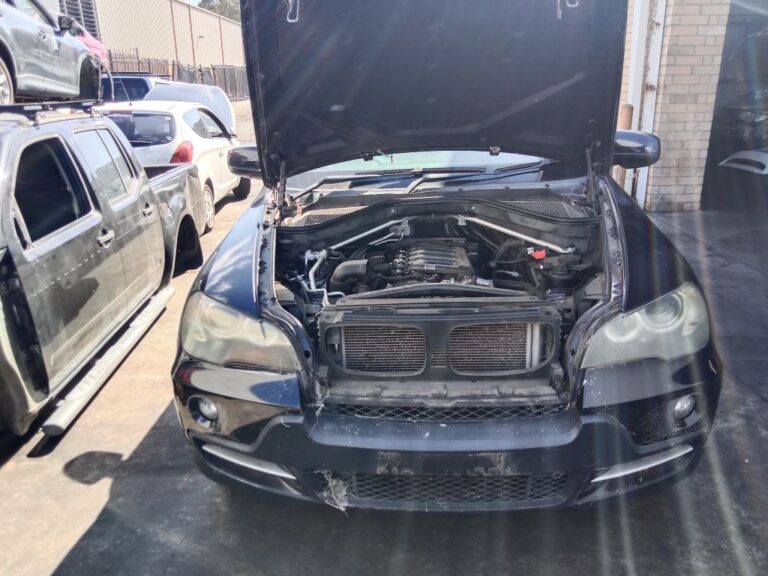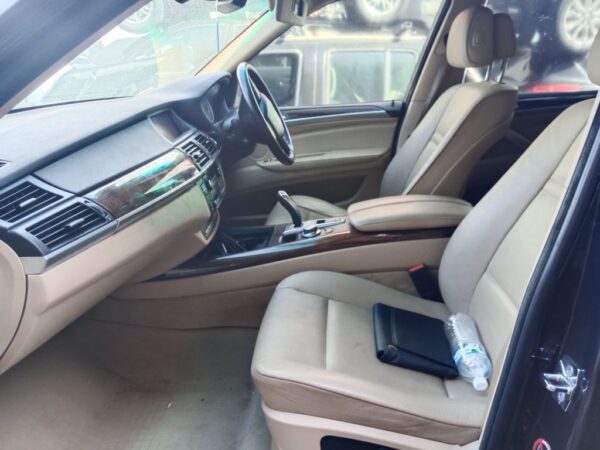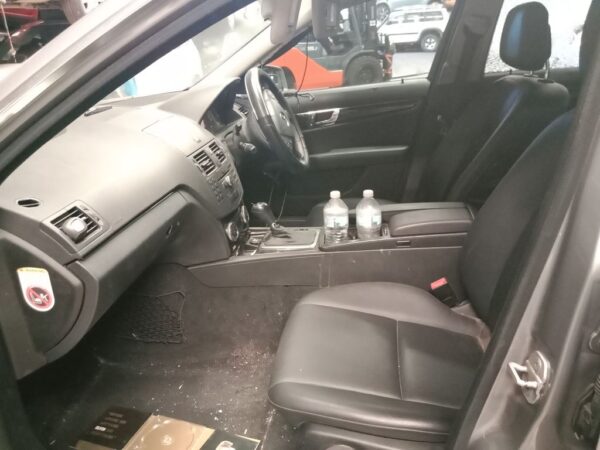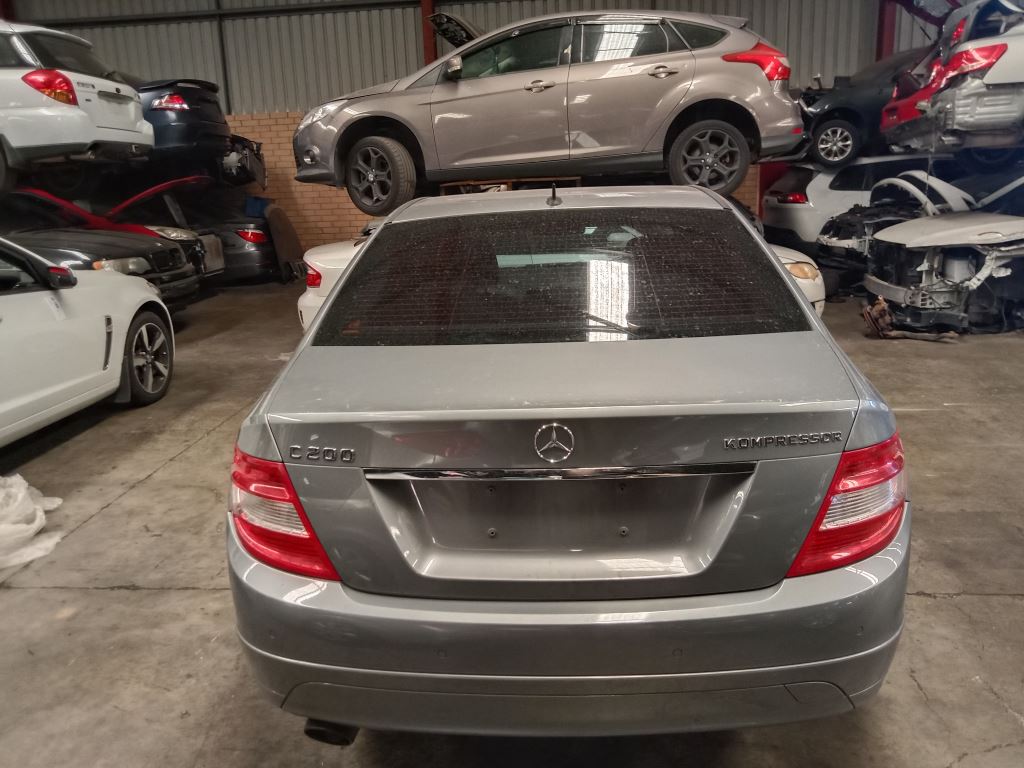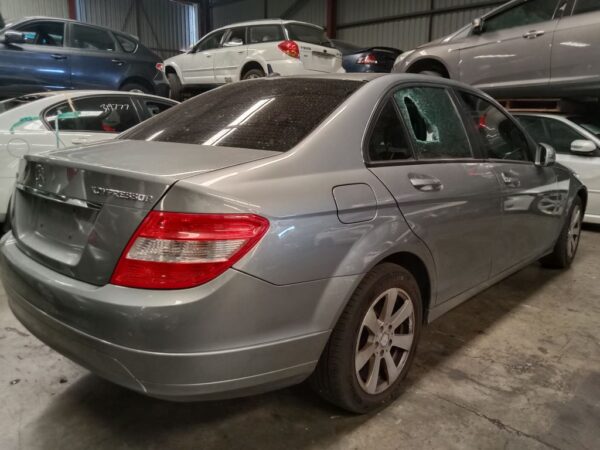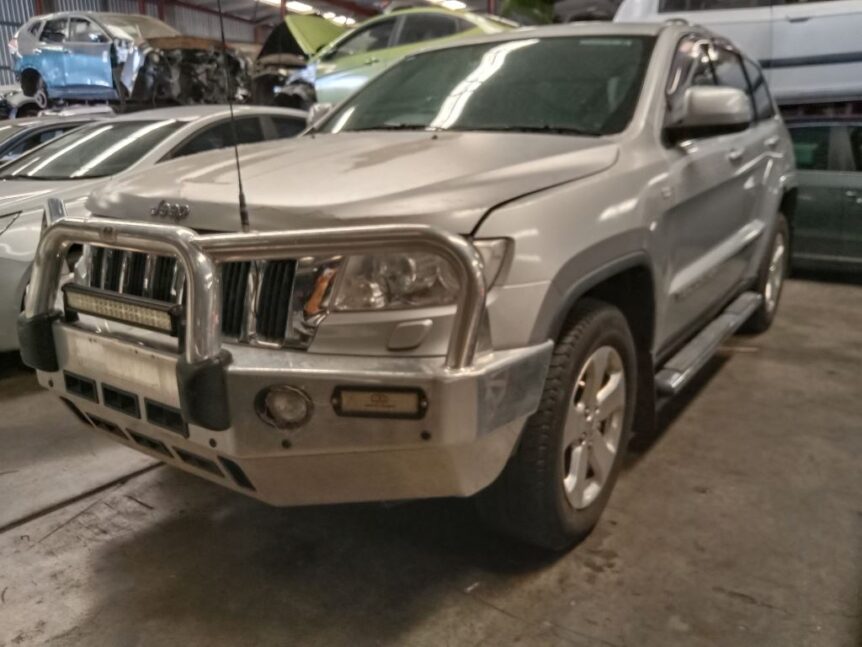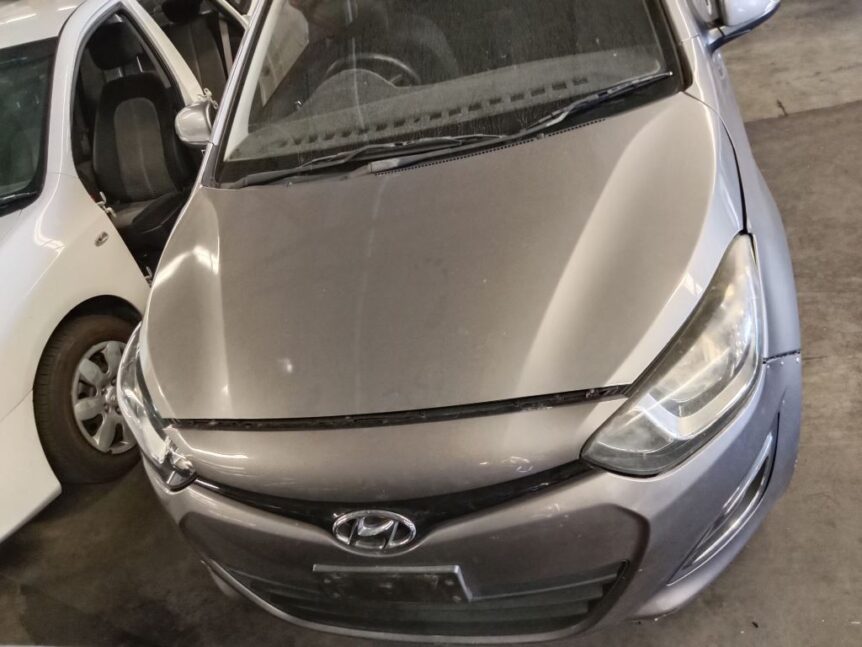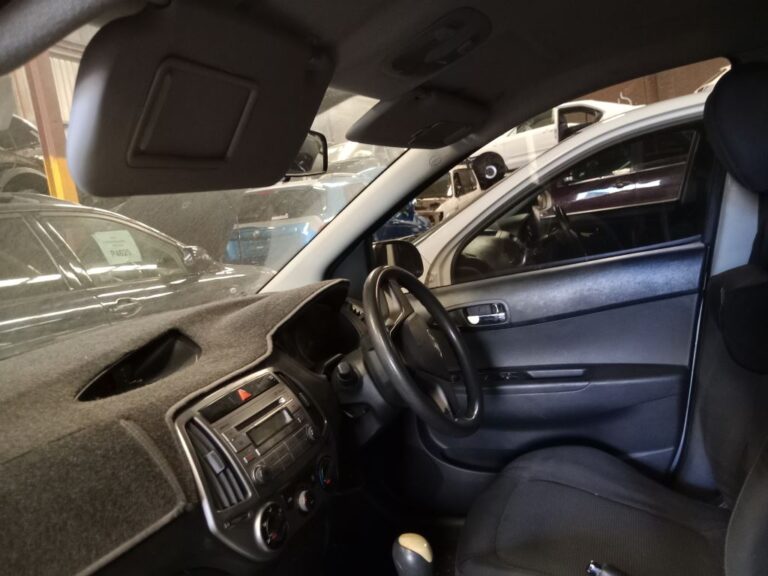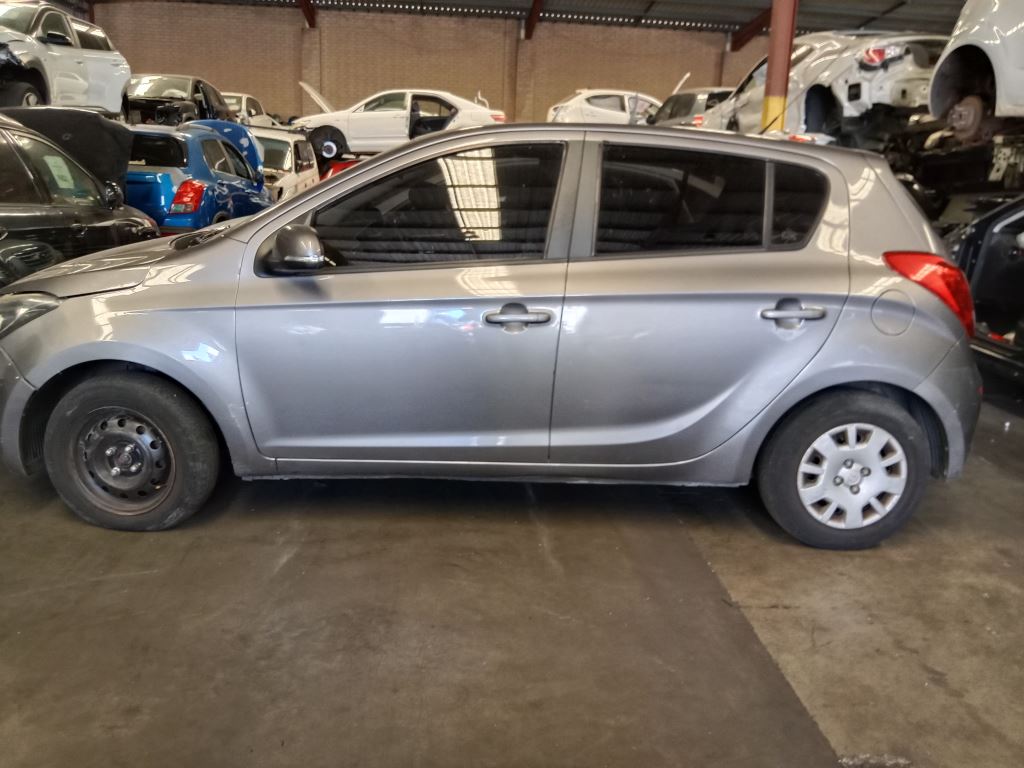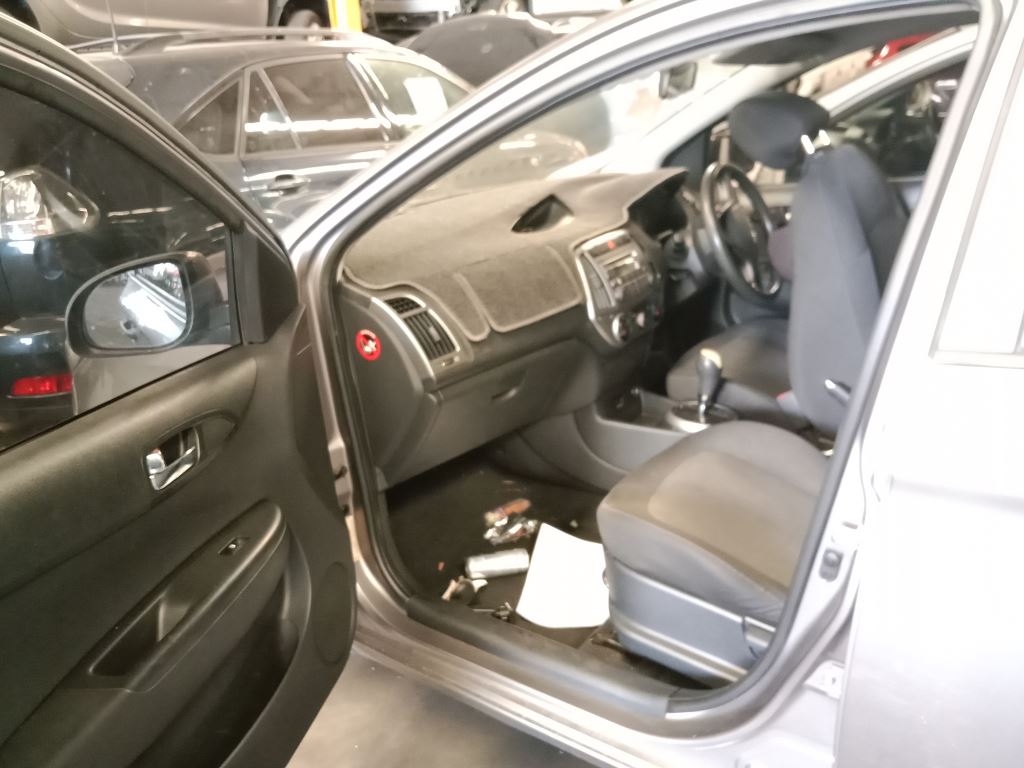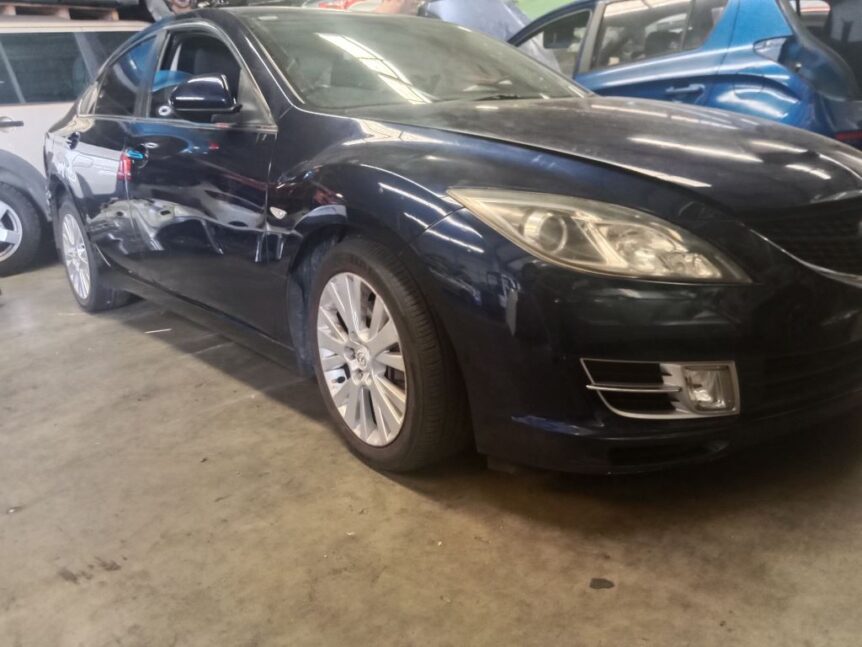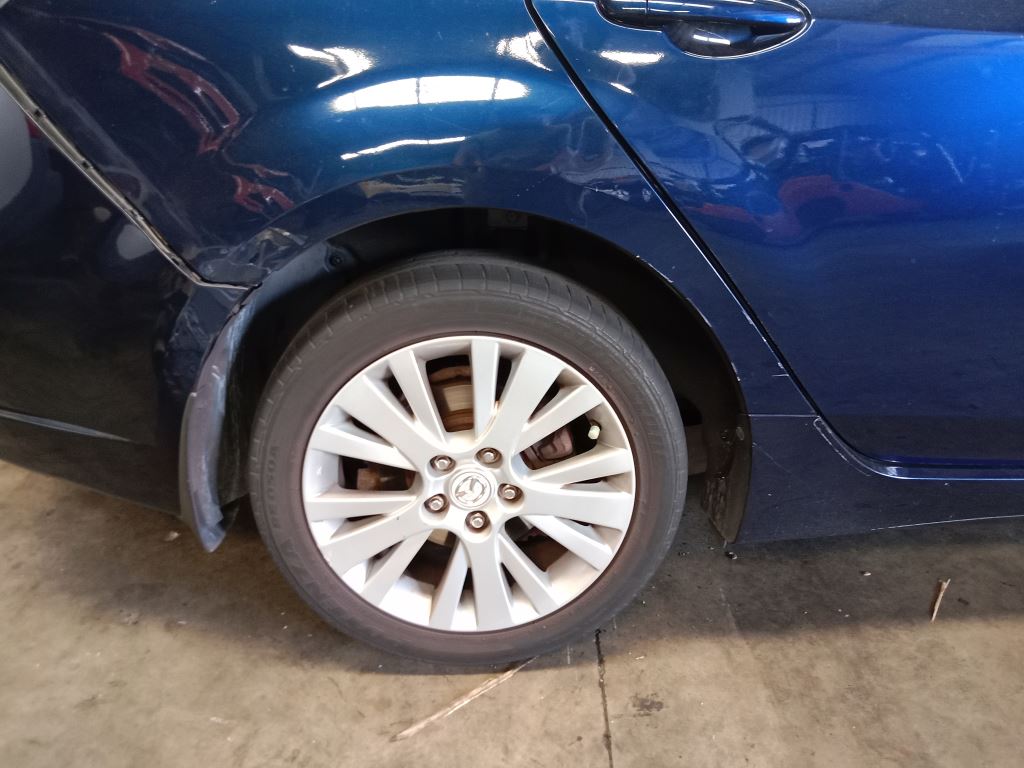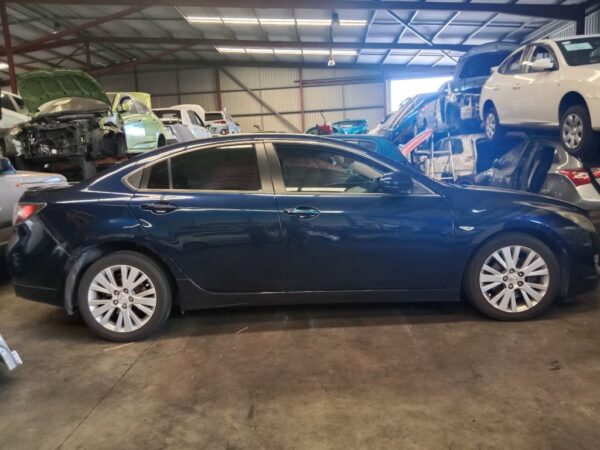If you’re a Holden Commodore owner in Perth and you’re looking to get rid of your 2014 Silver model, you’re in the right place. Whether your car has been in an accident, is no longer running, or has simply seen better days, WA Auto Parts offers a hassle-free solution for selling and wrecking your vehicle. We specialize in vehicle wrecking, offering instant cash for your unwanted Holden Commodore, and providing a convenient, eco-friendly way to dispose of it.
With over 15 years of experience, WA Auto Parts has become a trusted name in Perth for used auto parts, car removal, and wrecking services. We buy all makes and models of vehicles, including the Holden Commodore, and offer competitive prices for cars that are beyond repair. If you’re ready to part with your Holden Commodore 2014 Silver, we can help turn it into cash and recycle it responsibly.
What Does Wrecking a Car Mean?
Wrecking a car involves dismantling the vehicle to salvage valuable parts and materials. These parts can be reused, refurbished, or recycled, contributing to environmental sustainability. The process typically includes:
-
Dismantling the Vehicle: The car is taken apart to recover usable parts such as the engine, transmission, wheels, doors, and more.
-
Recycling: Metals, plastics, and other materials are carefully separated and sent for recycling. This helps reduce waste and prevents unnecessary landfill accumulation.
-
Selling Usable Parts: Reusable parts are cleaned, tested, and sold at a lower price to customers who need affordable spare parts for their vehicles.
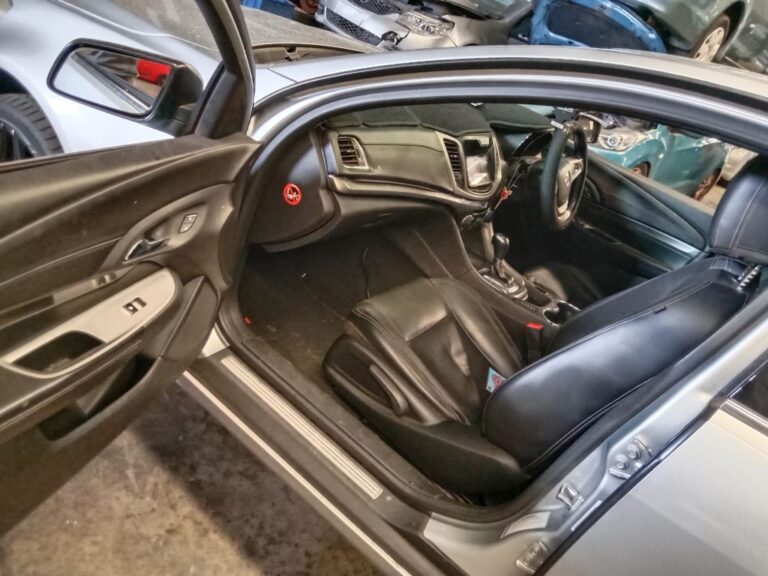
At WA Auto Parts, we are experts in the wrecking process, especially for popular models like the Holden Commodore 2014 Silver. We ensure that your car is fully dismantled and disposed of in an environmentally responsible manner, while you get paid for it.
Why Choose WA Auto Parts for Your Holden Commodore 2014 Wrecking?
There are several reasons why WA Auto Parts is the best choice when it comes to wrecking your Holden Commodore 2014 Silver:
1. Over 15 Years of Expertise
With over 15 years of experience in the auto parts industry, we have a deep understanding of the wrecking process. Our team is highly skilled in dismantling vehicles and extracting valuable parts that can be reused or recycled. We are also well-versed in the various makes and models, ensuring that we can offer you the best cash deal for your Holden Commodore.
2. Fast, Efficient Service
At WA Auto Parts, we understand that time is important. Once you decide to sell your Holden Commodore 2014 Silver to us, we act quickly. We offer same-day or next-day car removal, ensuring that your vehicle is removed from your property in no time. You’ll receive your cash payment immediately, and the towing is completely free.
3. Instant Cash for Your Car
One of the main benefits of wrecking your Holden Commodore with WA Auto Parts is the instant cash payment. Unlike traditional selling methods where you have to wait for buyers or deal with long negotiations, we offer you cash on the spot when we come to remove your vehicle. It’s a quick and easy way to get paid for your unwanted car without any hassle.
4. Free Towing Service
We offer free towing to make the process as convenient as possible. Whether your Holden Commodore is running or not, we’ll come to your location and tow it away for no additional charge. You don’t have to worry about paying extra for transportation—just sit back and let us take care of everything.
5. Eco-Friendly Disposal
We are committed to environmentally responsible vehicle disposal. Once we remove your car, we carefully dismantle it and recycle as much of it as possible. Metals, plastic parts, and other materials are sorted for recycling, and hazardous fluids are disposed of properly. By choosing WA Auto Parts, you are helping to reduce environmental waste while also getting paid for your vehicle.
How Much Cash Can You Get for Wrecking a Holden Commodore 2014 Silver?
The cash value for your Holden Commodore 2014 Silver depends on several factors, including the condition of the vehicle, its make and model, and the demand for specific parts. Here are some factors that can affect the offer you receive:
-
Condition of the Vehicle: If your car is in running condition and relatively undamaged, you can expect a higher payout. However, even if your car is not running or has severe damage, we still offer a fair price based on its parts and scrap metal value.
-
Make and Model: The Holden Commodore is a popular Australian car, and we’re always in demand for parts like engines, transmissions, and body panels. This means you’re likely to get a good offer for your car.
-
Age of the Vehicle: Older cars generally offer less cash value due to their parts’ wear and tear. However, the 2014 Holden Commodore is relatively new, and many of its components still have significant value.
To get an accurate quote for your Holden Commodore 2014 Silver, give us a call at (08) 9358 1392, or use our easy online form to get an estimate.
Step-by-Step Process for Wrecking Your Holden Commodore 2014 Silver
At WA Auto Parts, we’ve streamlined the car wrecking process to make it as easy and convenient as possible. Here’s a step-by-step guide to how it works:
1. Contact Us for a Free Quote
To get started, call us at (08) 9358 1392 or fill out our online form. We’ll ask for details about your Holden Commodore 2014 Silver, such as its condition, mileage, and any damage. Based on the information you provide, we’ll give you a free, no-obligation quote.
2. Accept Our Offer
Once you receive our quote, you can decide whether to proceed. If you’re happy with the offer, we’ll schedule a time for our team to come and pick up your car.
3. Free Pickup and Towing
On the agreed-upon day, our team will arrive at your location, complete a quick inspection of the vehicle, and tow it away—free of charge.
4. Instant Cash Payment
When we pick up your car, you’ll receive the agreed-upon cash on the spot. No waiting for checks to clear or complicated payment processes—just immediate cash in your hands.
5. Eco-Friendly Wrecking and Recycling
Once we take your Holden Commodore to our wrecking yard, we’ll carefully dismantle it, salvage reusable parts, and recycle everything we can. This ensures that your car is disposed of responsibly, contributing to a cleaner environment.
Why Wreck Your Holden Commodore with WA Auto Parts?
1. Expertise in Holden Commodore Wrecking
We specialize in wrecking Holden Commodores and have a deep understanding of the parts and materials that can be salvaged. Our expert team knows exactly what to do with each component to maximize its value, ensuring you get the best payout.
2. Fast, Same-Day or Next-Day Service
We offer same-day or next-day car removal services, making it easy and convenient for you to get rid of your unwanted vehicle without delays.
3. Competitive Cash Offers
We provide competitive cash offers for all makes and models, including the Holden Commodore 2014 Silver. We ensure that you’re paid fairly for your car and that the process is smooth and transparent.
4. Local, Trusted Service
We’re a local business with years of experience serving the Perth community. When you choose WA Auto Parts, you’re choosing a trusted partner who cares about customer satisfaction.
5. Eco-Friendly Practices
Our eco-friendly car wrecking process helps reduce the environmental impact of vehicle disposal. By recycling your Holden Commodore, you’re contributing to a greener, cleaner planet.
What Happens to Your Holden Commodore 2014 After Wrecking?
Once we take possession of your Holden Commodore, we dismantle it and salvage usable parts. These parts, such as engines, transmissions, wheels, and other components, are cleaned, tested, and sold to customers who need affordable auto parts. The rest of the vehicle is carefully recycled. This includes:
-
Metal Recycling: The metal parts of the car are melted down and repurposed for new products.
-
Plastic and Rubber Recycling: Other materials, such as plastics and rubber, are recycled for reuse in various industries.
-
Safe Disposal of Hazardous Materials: Any harmful fluids, such as oils and battery acid, are disposed of properly to prevent environmental contamination.
FAQs About Holden Commodore 2014 Silver Wrecking
Q: How much will I get for my Holden Commodore 2014 Silver?
A: The cash offer depends on the condition, make, and model of your car. Call us at (08) 9358 1392 for an accurate quote.
Q: Do I need to have the car running?
A: No, we buy cars in any condition—whether they’re running or not.
Q: Is there any paperwork involved?
A: Yes, you’ll need to provide proof of ownership, such as the car’s registration or title. We make the process simple.
Q: How quickly can you remove my car?
A: We offer same-day or next-day service for car removal. We’ll work around your schedule.
Q: Do you charge for towing?
A: No, towing is completely free.




